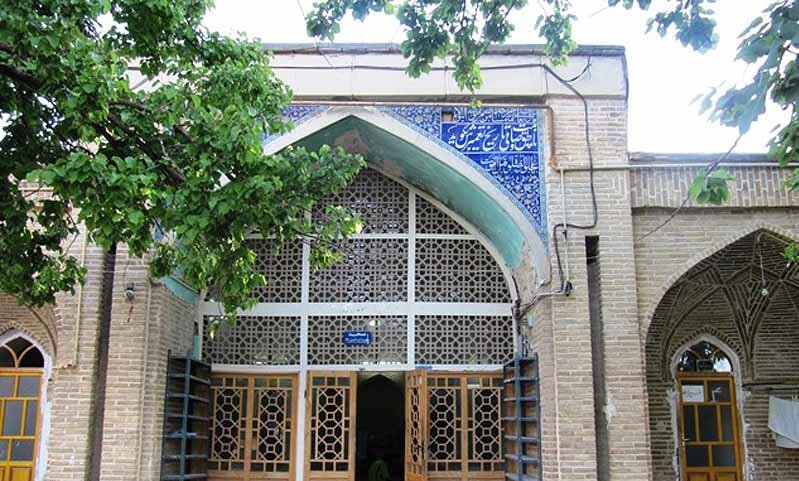Safavid-era madrasa in Tuyserkan being restored

TEHRAN – Parts of the Safavid-era (1501–1736) Sheikh Alikhan Madrasa in the city of Tuyserkan, west-central province of Hamedan, is being restored, a provincial tourism chief has said.
With a budget of 800 million rials (about $20,000), the interior spaces of the madrasa, as well as some of its classes, have undergone some rehabilitation works, CHTN quoted Es’haq Torkashvand as saying on Wednesday.
The project is expected to be completed by the end of September, the official added.
Built in 1680, the madrasa has a four-portico (iwan) courtyard surrounded by 36 classes.
Located next to the historic bazaar of Tuyserkan, Sheikh Alikhan Madrasa was inscribed on the National Heritage list in 1997.
Madrasas or religious schools have played a key role in preserving religious traditions and transferring it to their future generations in many Islamic countries including Iran.
However, the need for new sciences during the 19th century brought widespread educational changes in Islamic countries.
The advent of modern schools in Iran dates back to the Qajar era ((1789–1925) and the establishment of the Dar ul-Funun in Tehran, known as Iran’s first modern university.
Known in classical times as Ecbatana, Hamedan was one of the ancient world’s greatest cities. It was the capital of Media and subsequently a summer residence of the Achaemenian kings who ruled Persia from 553 to 330 BC.
Ali Sadr cave, Ganjnameh inscriptions, Avicenna Mausoleum, Hegmataneh hill, Alaviyan dome, Jameh mosque, and St. Stephanos Gregorian Church are amongst Hamedan’s attractions to name a few.
ABU/MG

Leave a Comment